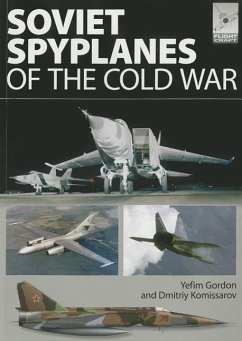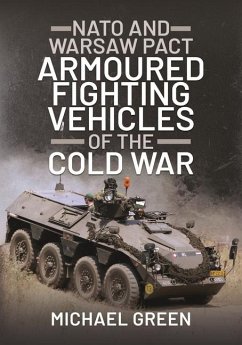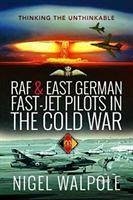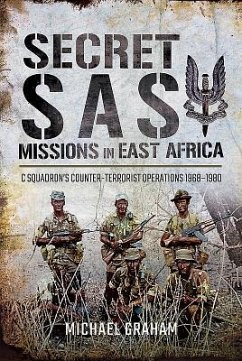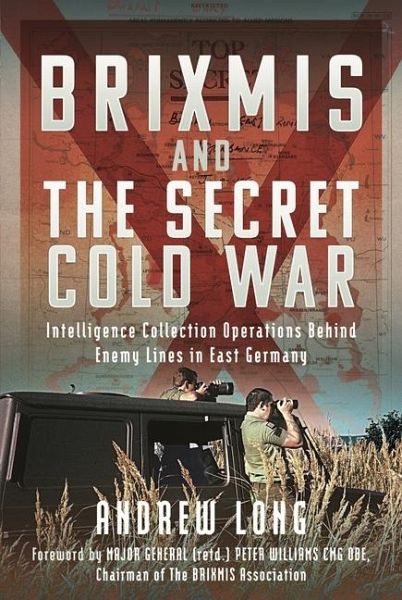
Brixmis and the Secret Cold War
Intelligence Collection Operations Behind Enemy Lines in East Germany
Versandkostenfrei!
Versandfertig in über 4 Wochen
36,99 €
inkl. MwSt.

PAYBACK Punkte
18 °P sammeln!
"This fascinating new book combines research using declassified documents and former members of the mission. It reveals the complexities and realities of the Cold War along with the strain and risks experienced by those who served." - Military Heritage Magazine The German Democratic Republic, or East Germany, was the frontline in the Cold War, packed with hundreds of thousands of Soviet and East German troops armed with the latest Warsaw Pact equipment, lined up along the 1,400 km Inner German Border. However, because of the repressive East German police state, little human intelligence about ...
"This fascinating new book combines research using declassified documents and former members of the mission. It reveals the complexities and realities of the Cold War along with the strain and risks experienced by those who served." - Military Heritage Magazine The German Democratic Republic, or East Germany, was the frontline in the Cold War, packed with hundreds of thousands of Soviet and East German troops armed with the latest Warsaw Pact equipment, lined up along the 1,400 km Inner German Border. However, because of the repressive East German police state, little human intelligence about these forces reached the West. Who were they? Where were they located? What were they doing? How were they equipped? What were their intentions? NATO was lined up in West Germany to face these forces and relied on getting up-to-date intelligence to warn of any threat, 'Indicators of Hostility' that could be a precursor to an invasion. BRIXMIS, the British Commanders'-in-Chief Mission to the Soviet Forces in Germany, was on hand to provide that intelligence. Thanks to an obscure 1946 agreement between the British and Soviets that established 'liaison missions' in their respective zones of occupation, the British were able to send highly qualified military 'observers' into East Germany to roam (relatively) freely and keep an eye on what was going on. What started as 'liaison', a point of contact between the British and Soviet occupation forces, developed into a very sophisticated intelligence gathering operation, sending 'tours' out every day of the year, between 1946 and when the Mission closed in 1990. These tours were undertaken in high-performance, highly modified marked vehicles, with personnel in uniform and unarmed, apart from professional photographic equipment and occasionally some top-secret gadgets from the boffins back in the UK. They joined their French and American colleagues in snooping around the opposition, photographing military bases, equipment, and manoeuvres, and trying to evade capture by the secret police and counterintelligence units. They faced danger and violence daily, but thanks to their bravery and professionalism, the West had accurate and up to date information on what was happening in East Germany which help keep the peace all that time. This is the story of this little-known unit and their exploits behind enemy lines.



